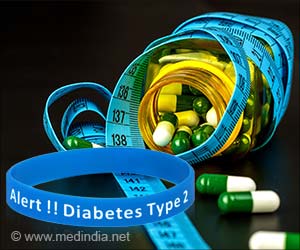
Cost estimates for Proton Pump Inhibitors show a similar pattern to those for statins. The total cost for continuous users was estimated to be $14 million in the U.S. compared to $4 million in the U.K. in 2005. Costs in both countries fell about 20 percent in 2009 as generic formulations became more available at lower cost.
In the U.S., over the past decade, roughly 180 million people below age 65 years have been covered annually by private health insurance companies. Based on the large sample of about 1.2 million people (0.7 percent) the researchers estimate that the total cost of branded statins paid by private insurance companies was more than $10 billion in 2005. Due to the availability of generic formulations of these drugs, the cost fell by half in 2009 for a savings of some $5 billion. Reductions related to other prescription drugs have regularly occurred.
"The cost of prescription drugs incur a tremendous burden to the U.S. economy, whether paid by private insurance companies through higher insurance premiums or paid by the government that provides this service for the military, other government employees, the elderly and others," said author of the accompany editorial Hershel Jick, MD, director emeritus of the Collaborative Drug Surveillance Program and associate professor of medicine at Boston University School of Medicine.
According to Jick, these results are based on reliable, inexpensive and transparent resources that can be used to form a basis for considering public and private policy related to the cost of prescription drugs. "Information on a substantial majority of drugs, including those prescribed primarily for children, can be derived from these continuous reliable electronic data resources. They yield critical insight into the difference in drug costs between the U.S. private sector compared to the U.K. government that can lead to creation of policy that provides greater efficiency and large cost savings," he added.
Advertisement















